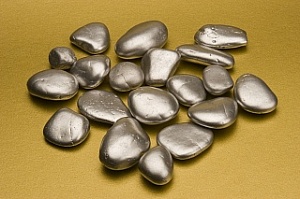On August 15 III International Symposium Fundamental Questions of Exploration, Extraction, Separation of Rare and Rare Earth Elements, and the Creation of Advanced Materials Based on Them has started its work. Within four days, the problems of production of rare earth metals (REM), which are the basis of new promising materials for the development of energy, space industry, electronics, defense industry, and other strategically important areas will be discussed.
TSU traditionally acts like the organizer of the scientific forum. Its co-organizers are IPCET SB RAS, OJSC The Hydrometallurgical plant company research & investing information (Lermontov), Al-Farabi Kazakh National University, and other research centres. This time, the city of Almaty was the venue of the symposium.
Now scientists from different countries are working on new technologies aimed at increasing the production of rare earth metals. At the forum, organized by TSU, the researchers will present the latest developments in this area, discuss methods and approaches to the separation and isolation of very pure and rare earth elements. The symposium participants will offer their own versions of the using rare earth metals in metallurgy, catalysis, medicine, optoelectronics, and other areas.
According to forecasts, in the next five years, the global demand for rare earth elements will increase by 1.5 times. The main prerequisites for further growth of rare earth elements consumption in the world are tightening of environmental requirements (the need to create a new automotive catalysts and additives to diesel fuel), the development of energy-saving technologies and alternative energy sources, the development and introduction of new structural materials (in aircraft, spacecraft, vehicles, and pipelines) .
Geologists estimate that at the moment Russia is the second-largest in the world after China's on reserves of rare earth metals. More than 70 % of deposits are concentrated in the Murmansk Region and the rest accounted for the Komi Republic, the Republic of Sakha, and the Krasnoyarsk Krai.

